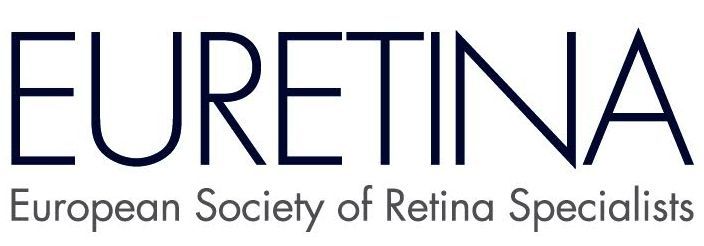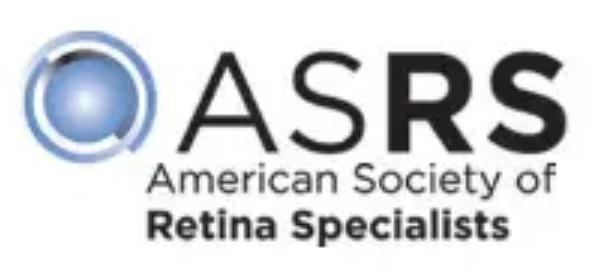Retinal Vein Occlusion
What is Retinal Vein Occlusion?
Retinal vein occlusion involves the blockage of retinal veins in the eye's retina. The retina is a light-sensitive tissue located at the back of the eye that plays a crucial role in vision.
Retinal vein occlusion occurs when a vein that carries blood away from the retina becomes blocked or narrowed, typically due to a blood clot. This blockage can lead to a buildup of pressure and fluid in the affected area of the retina, potentially causing vision loss or other visual disturbances.
RVO can be categorised into central retinal vein occlusion (CRVO) and branch retinal vein occlusion (BRVO), depending on the size of the affected vein.
Risk Factors for Retinal Vein Occlusion
Individuals at risk for retinal vein and artery occlusion include those with:
- Hypertension (high blood pressure): Elevated blood pressure can increase the risk of vessel damage and blood clot formation.
- Diabetes: Diabetes can damage blood vessels, making them more prone to blockages.
- High Cholesterol
- Cardiovascular diseases: Conditions like atherosclerosis and heart disease can increase the risk of vessel occlusion.
- Smoking: Smoking is a known risk factor for vascular diseases, including those affecting the eye.
- History of blood clotting disorders: Conditions that promote blood clot formation can increase the likelihood of vessel occlusion.
- Advanced age: The risk of these conditions tends to increase with age.
Symptoms of Retinal Vein Occlusion
- Blurred or Distorted Vision: The central or peripheral vision can become blurred or distorted.
- Visual Field Defects: Loss of peripheral or central vision in one eye or a specific visual field area.
- Floaters: Spots or specks that seem to float in the visual field.
- Decreased Visual Acuity: Reduced ability to see fine details and sharpness.
Treatment of Retinal Vein Occlusion
- Managing underlying health conditions: Controlling hypertension, diabetes, and other vascular risk factors can help prevent further damage.
- Intravitreal Anti-VEGF injections can reduce macular oedema (retina swelling) and improve visual acuity.
- Laser therapy may reduce abnormal blood vessel growth and manage oedema.

Address: Suite 5, Village Square 124 Queen Street
Phone: (07) 3417 8349
Practice Hours
- Mon - Thu
- -
- Fri - Sun
- Closed
All Rights Reserved | Bayside Eye Clinic | Website by Quantum Digital





